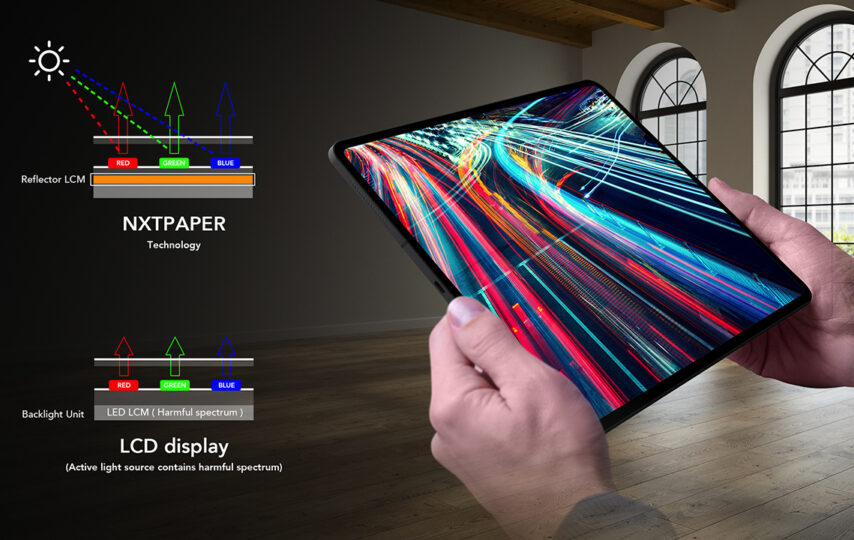16 years after the release of the iPhone, the basic layout of smartphone systems is well established. While new challengers are making waves to the standard status quo, for most users, it’s the usual slate system that reigns supreme. Internal components might change, but for the user, holding and interacting with the system is much the same as it’s always been. Enter TCL Mobile with the Nxtpaper TCL, an experimental new system with a tactile paper-feeling screen.
Building on the developer’s experience with tablets, the Nxtpaper TCL is a system that does everything you’d expect a mobile to do. Unlike many devices, however, this phone aims to do something very different with its textured main screen. With the texture of paper like running your hands across a page, the feel is fundamentally different than a smooth glass screen, but does it matter?
Gimmick or Feature?
For a look at whether the texture on the screen could be useful, let’s consider a modern use like playing blackjack live dealer games in an online casino. These titles like Speed Blackjack and Quantum Blackjack already benefit from the phone’s high-quality display, but the effect of touch is more difficult to measure. These titles are already built for usability on mobiles, where control isn’t an issue even on smaller phone displays. The addition of a tactile display could help in giving the user a better frame of reference for where the play buttons are without looking, but then we run into an issue with a lack of a point of reference.

“Keyboard” (CC BY 2.0) by TheRealDavidFrancis
Let’s use the modern keyboard as an example. While each key stands out as separate thanks to its edges, telling where each key is without looking is only possible with the tactile bumps on the F and J keys. These aid in touch typing, and are standardized across all English keyboards. If every key had bumps, they’d be useless, and this is where the challenge with the Nxtpaper TCL occurs.
Setting Up for the Future?
In its current form, being able to get some sort of traction on a mobile screen might help some users with sensory issues, but it doesn’t offer any real advantages. It could be the case that this technology is setting the stage for the future, however. Researchers at Carnegie Mellon have been developing technologies that produce haptic feedback on touchscreen systems, raising bumps in selective areas where the surface was previously flat.
If this technology pans out, combining it with textured screens like on the Nxtpaper TCL could produce real advantages to use without looking. This could be standardized for ubiquitous uses like onscreen keyboards, or customized in elements like online casino games to give feedback on where betting and other options lie.
Today, the Nxtpaper TCL and the rest of TCL’s tactile lines remain interesting experiments, but perhaps not one that is suited to everyone. As full-priced systems, these aren’t devices you buy just to check out, even if their other features are some of the best in class. Still, this could be the case where we’re left looking back at the Nxtpaper TCL as a system that helped set the stage for the future, at least that’s what we bet TCL Mobile is hoping.








